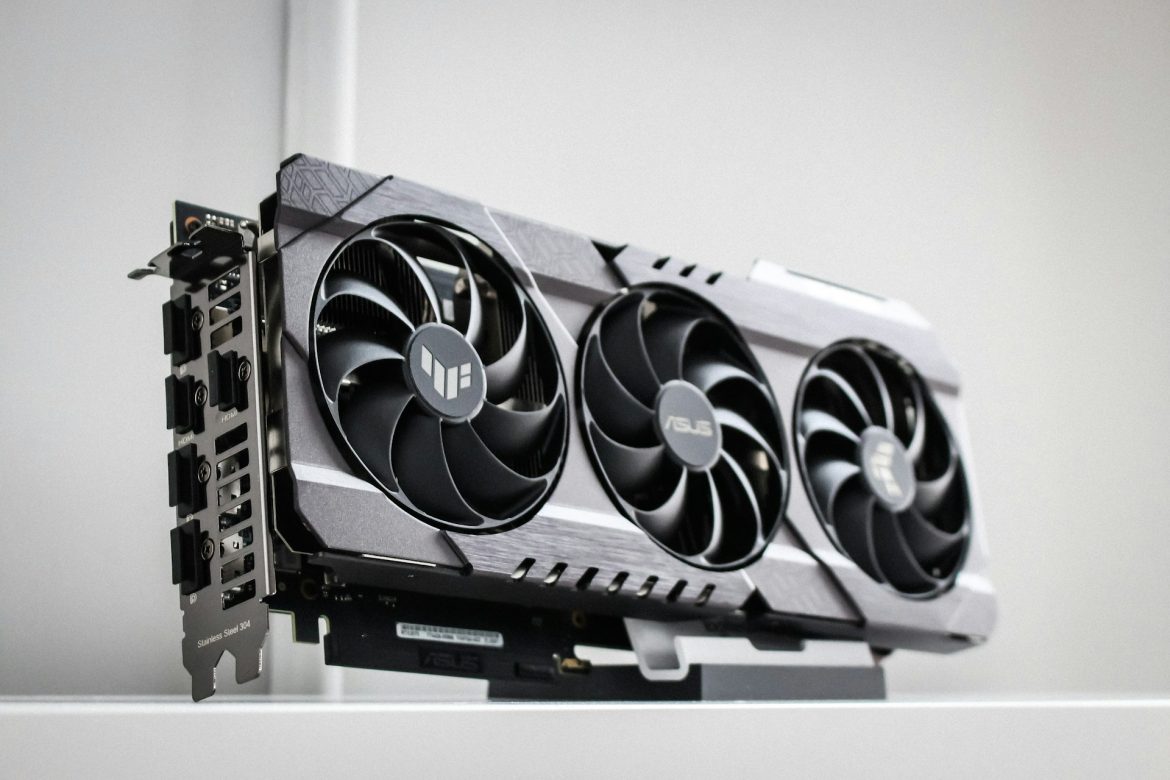NVIDIA has released two new additions to its lineup, the RTX 4070 Ti Super and RTX 4080 Super. Both GPUs bring more power to the table, but when you start looking closely at the details, it becomes clear that they might not offer the best value proposition for every type of user.
A Tough Spot for the 4070 Ti Super
The RTX 4070 Ti Super finds itself in a somewhat awkward position. Priced at $799, it sits between the 4070 Super and the more powerful 4080 Super. If you’re already thinking about spending $799 on a GPU, it might make more sense to spend a little extra and go for the 4080 Super. On the other hand, you could stick with the more affordable 4070 Super, overclock it, and use the money you save to upgrade other components, like an SSD or additional RAM.
NVIDIA could have made the 4070 Ti Super more attractive by offering a slight price reduction—maybe $50 off would have made a noticeable difference. The situation becomes even more perplexing when you see some models, like the ASUS variant, priced above NVIDIA’s suggested retail price.
Performance Gains: More CUDA Cores and Faster Speeds
Just like its sibling, the 4070 Ti Super comes with more CUDA cores and slightly higher clock speeds than the original model. The 4070 Ti Super boasts 8,448 CUDA cores, compared to the 7,680 found in the standard 4070 Ti, while the 4080 Super ups the ante with 10,240 CUDA cores, compared to 9,728 in the regular 4080. These additional cores should theoretically provide better performance, and for the most part, they do.
The 4070 Ti Super also includes a RAM upgrade, with 16GB of GDDR6X memory compared to the 12GB found in the standard 4070 Ti. Meanwhile, the 4080 Super retains its 16GB of RAM, likely to avoid competing too closely with the monstrous RTX 4090.
Real-World Benchmarks: Is It Worth the Extra Power?
Despite the improvements in specs, the real-world performance gains from the 4070 Ti Super aren’t as dramatic as some might have hoped. In the 3DMark TimeSpy Extreme benchmark, the 4070 Ti Super only scored 742 points higher than its predecessor. The difference is more noticeable in gaming, where the 4070 Ti Super achieved 104 frames per second (fps) in Halo Infinite and 93 fps in Cyberpunk 2077 at 4K resolution with ray tracing enabled—both about 15 fps higher than the regular 4070 Ti.
The 4080 Super, on the other hand, posted similarly modest gains, scoring 289 points higher in TimeSpy Extreme compared to the regular 4080. In Cyberpunk 2077, it hit 103 fps, which is just 10 fps more than the standard 4080 when running at 4K with ray tracing.
Performance Comparison Chart
Here’s a quick look at how these GPUs compare across several popular benchmarks:
| GPU | 3DMark TimeSpy Extreme | Port Royal (Ray Tracing) | Cyberpunk 2077 (4K, RT) | Blender |
|---|---|---|---|---|
| RTX 4080 Super | 13,168 | 18,435/85 fps | 105 fps | 8,867 |
| RTX 4070 Ti Super | 11,366 | 15,586/72 fps | 93 fps | 7,342 |
| RTX 4070 Super | 9,830 | 12,938/60 fps | 157 fps | 6,177 |
| RTX 4070 Ti | 10,624 | 14,163/66 fps | 135 fps | 7,247 |
The chart shows some improvement in performance, but nothing groundbreaking, especially when you consider the price differences.
Content Creators Get a Boost
For content creators, the added power of these new GPUs might be more appealing. In the Luxmark HDR benchmark, the 4070 Ti Super scored 87,707 points, which is a step up from the 75,997 points scored by the standard 4070 Ti. The Blender benchmark showed a similar improvement, with the 4070 Ti Super reaching 7,424 points compared to 7,247 from the older model. The 4080 Super saw even more significant gains, scoring 99,515 points in Luxmark HDR compared to 94,832 points from the standard 4080.
Conclusion: Is It Worth the Upgrade?
Ultimately, these performance improvements are about what you’d expect from adding more CUDA cores and slightly bumping up clock speeds. But after running benchmarks and comparing the results, it’s hard not to feel a little underwhelmed by the 4070 Ti Super. While NVIDIA’s goal may have been to avoid making it too close in performance to the 4080, it really feels like the 4070 Ti Super needs to be cheaper to be a more compelling option.
In the current landscape, the 4070 Super offers a better balance of price and performance, and it wouldn’t be surprising to see more budget-friendly versions of the 4070 Ti appear in the near future. If you’re in the market for a new GPU, it might be worth holding off to see if prices shift or if a more attractive deal emerges.



